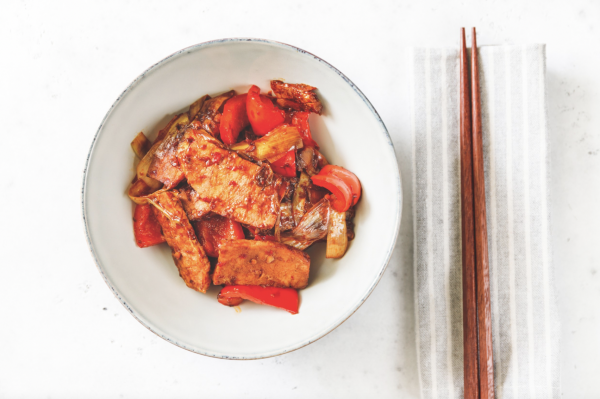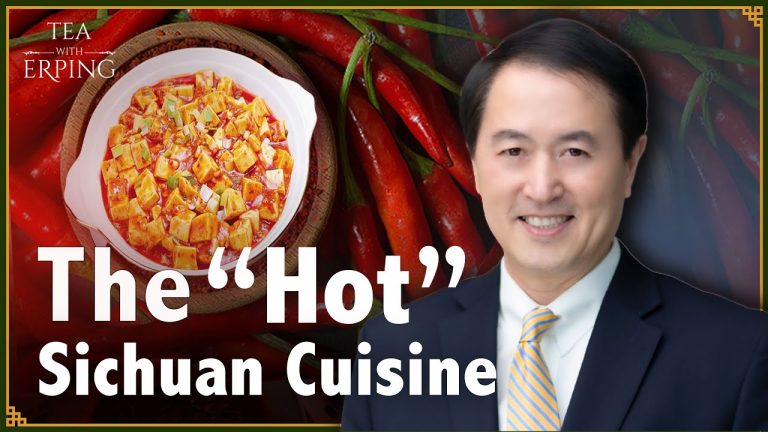China has an incredible history of 5000 years, reaching all the way back to the time of the first human civilizations. One of the most important parts of Chinese heritage is its food — which has managed to evolve into one of the world’s most lauded and beloved cuisines.
Traditional Chinese recipes have been passed down for generations for thousands of years, becoming a cornerstone of Chinese culture and tradition. One of China’s most well-known cuisines comes from its southwestern province of Sichuan.
Sichuan’s unique topography
Sichuan cuisine started with the Bashu people in ancient China over 3,000 years ago. The ancient civilization of Bashu is widely regarded as one of the cradles of modern Chinese civilization.
The Bashu people inhabited the neighboring areas of the Sichuan Basin. Ba (巴) in the east was located around today’s Chongqing city, and Shu (蜀) to the west is around today’s Chengdu, the capital of Sichuan.

The complex topography of Sichuan is what provides the region with an abundance of food, ingredients and natural resources, giving its nickname: tian fu zhi guo, or “heavenly Country.” Sichuan is surrounded by mountains on all sides and the Yangtze River runs through its cities.
Success
You are now signed up for our newsletter
Success
Check your email to complete sign up
It was recorded that the Ba country “plants five grains and has six livestock,” producing fish, salt, tea, and honey. An old saying pointed to the Sichuan countryside’s mountains and woods as being filled with rich gardens ripe with melons and fruits throughout many generations.
Sichuan’s signature ‘hot and spicy flavor’
Sichuan dishes are known for their spicy and hot flavor. This is due to the use of garlic and chilli peppers — particularly the unique flavor of Sichuan peppercorns — which release a numb, tingly sensation upon consumption. When used well, it adds a touch of distinction and excellence.
Due to the region’s high humidity and vast rainfall, the use of hot peppers is beneficial in regulating one’s internal body temperature. Traditional Chinese medicine believes that reducing internal dampness is key to maintaining health and vitality.
The region’s warm, humid climate also requires sophisticated food-preservation techniques, which include: pickling, salting, drying and smoking meats to prolong their shelf life. Sichuan cuisine is known to excel at these techniques.

Popular Sichuan dishes and their origins
One of the most common and staple dishes in Sichuan cuisine is Mapo tofu. This dish calls for soft silken tofu cooked in a fermented spicy bean sauce with minced beef and Sichuan peppercorn. Thanks to this well-loved dish, the capital of Sichuan’s Chengdu was recognized as a UNESCO City of Gastronomy in 2011.
To find out more about Mapo tofu and other iconic Sichuan dishes, please watch Erping’s full video on YouTube.













